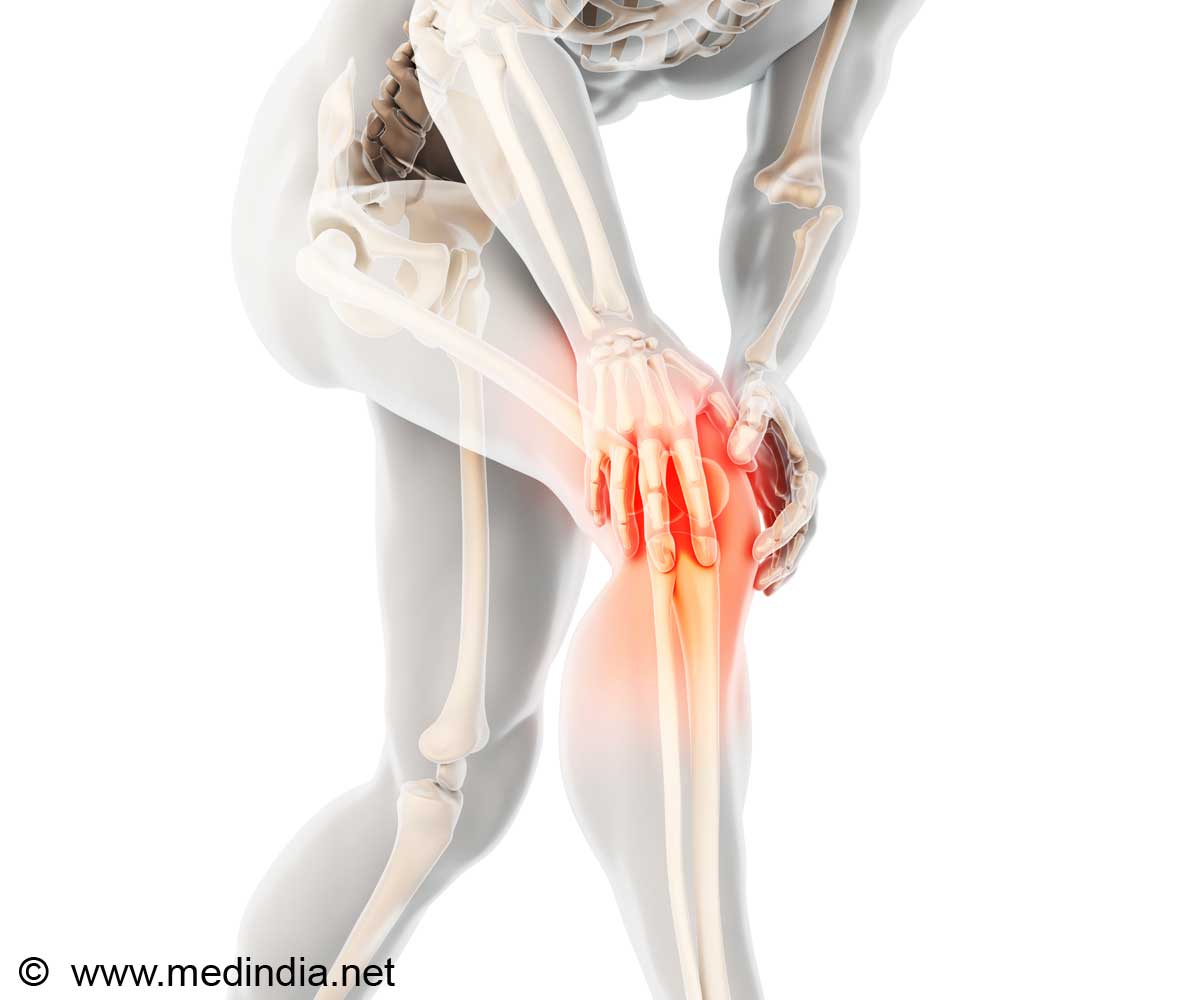
"Many cases of knee OA go undiagnosed and patients often do not receive timely care to relieve pain, improve function and prevent disability," said lead author Dr. Carlo Marra, PharmD, PhD, a Director with the Collaboration for Outcomes Research and Evaluation (CORE) and Professor of Pharmaceutical Sciences at the University of British Columbia in Vancouver, Canada. "Our study investigates a multidisciplinary intervention that involves pharmacists in the identification and patient care for those with knee OA."
For this randomized, controlled trial, the team engaged 14 pharmacies to provide intervention therapy and 18 pharmacies to offer usual care (control). At least two pharmacists at each location were asked to identify and enroll participants 50 years or older who experienced knee pain or stiffness on most days of the last month and fulfilled other criteria such as having a body mass index (BMI) greater than 25 kg/m2, not participating in a formal exercise program in the previous 6 months, and difficulty with activities due to knee pain. The 73 patients in the intervention arm received OA screening questionnaires, education, pain medication management, physical therapy exercises, and primary care physician (PCP) communication. There were 66 participants in the control group who were given an educational pamphlet.
Patients in the intervention arm had a significantly higher quality of OA care (as measured by a quality indicator pass rate) than those in the control group. At three months and six months, participants in the intervention arm saw significantly greater improvement in their overall pain and function scores compared to those receiving usual care. Dr. Marra concludes, "Our findings suggest that pharmacists can effectively initiate interventions that address the gaps in OA patient care. With the rise in OA, collaborative care presents a novel approach in prevent and treating those with knee OA."
Source-Eurekalert













